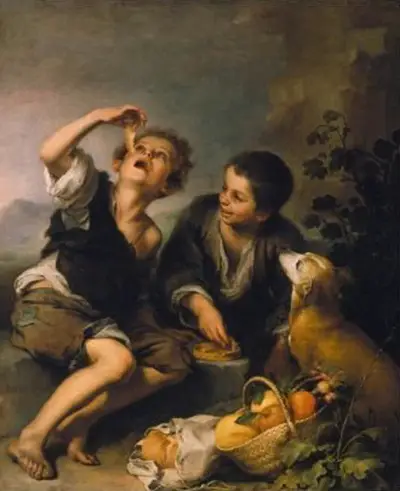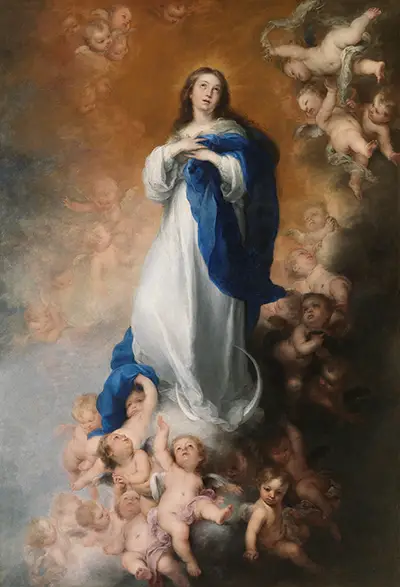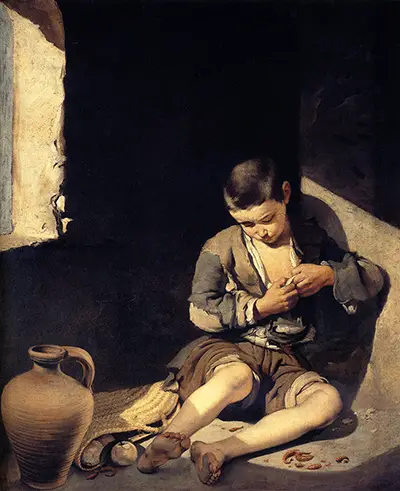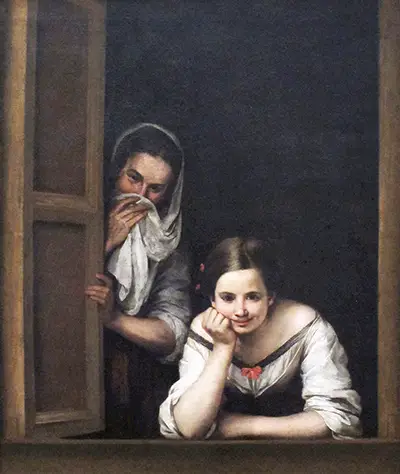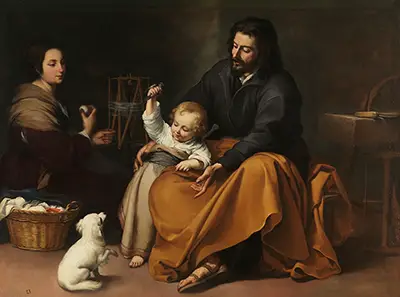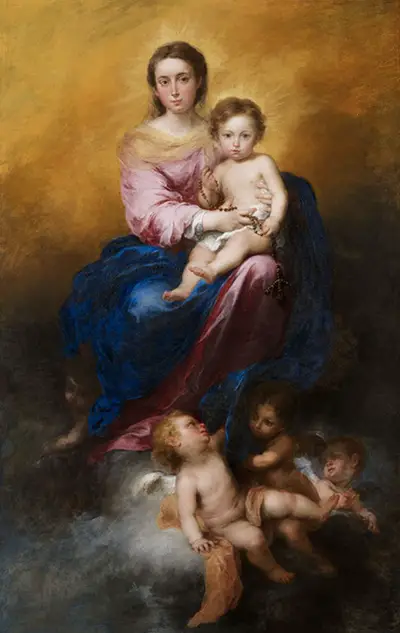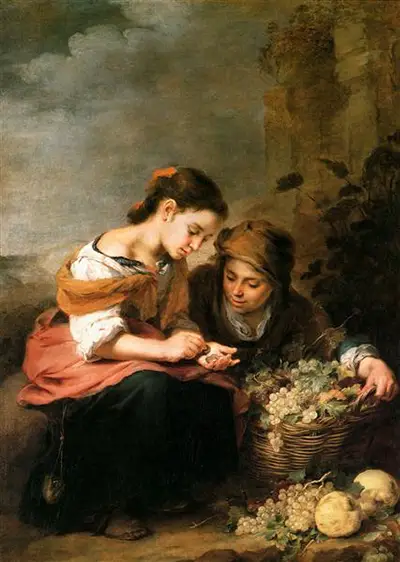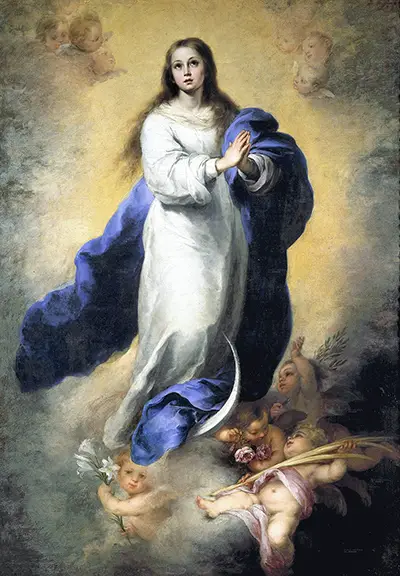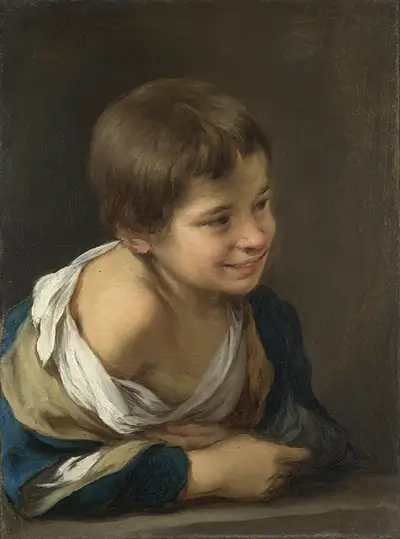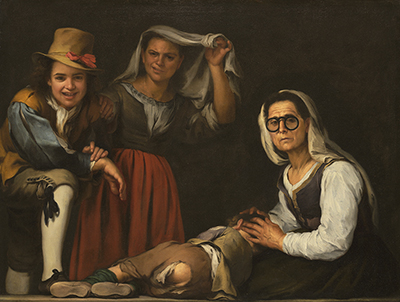Bartolomé Esteban Murillo was one of the leading Spanish artists of the 17th century and impressed across a variety of different genres. The artist spent his entire life in Seville where he would learn from other great masters of that period.
The city of Seville was a hotbed of artistic talent through this century, with Murillo learning directly from the work of Velazquez before he relocated elsewhere as well as from the ageing Francisco de Zurbarán. Murillo would start to achieve success from around the middle of the 17th century and then would visit Madrid in order to impart other influences upon his style. The two cities alone proved to be more than enough in teaching him the key elements of recent art history and from then on he could simple innovate as he wished. His main genre would be religious depictions, normally of common themes that others had already addressed, but he also produced a small number of successful portraits of various figures of his era, as well as several self portraits across his lifetime.
Murillo's Painting Style
The artist was able to produce great emotions within his paintings and many held a sort of illusionistic quality. Many found his work instantly accessible and other felt that he possessed a rare talent of being able to take religious themes and really bring them to life in front of your eyes. Murillo was known as a kind and gentle person and this perhaps shows in the subtle, sensitive touches of his paintings which took in both religious and secular content. Despite being entirely based in Seville other than for the occasional trip elsewhere in order to expand his artistic horizons, the artist was able to really influence a large number of painters who followed on afterwards, right across the European continent. His most famous paintings would change hands fairly regularly and command substantial values as his reputation continued to strengthen over time.
One of the key elements to this artist's success was in how he would combine all of the traditions of Spanish art with advancements found elsewhere in Europe. He brought an emotion into his religious depictions which excited patrons and he demonstrated a sensitive touch which had not been seen locally before. Many will connect the work of Goya to this approach, though some of the artist's own followers would also continue his legacy for years to come. Some have also suggested that Murillo was able to connect with the masses and make art that could be understood by all. He delivered stories visually that could be taken on board without issue and this helped to build his popularity. There would also be clever techniques which impressed those more knowledgeable on the intricate nature of painting and so he seemed to have all bases covered to a certain extent.
Bartolomé Esteban Murillo was able to attract regular commissions throughout his career which enabled him to travel outside of Seville in search of further artistic discovery. Madrid and Cadiz would be the two locations in which he would spend some time studying the work of other masters, but the vast majority of his life was spent in Seville. He is known to have been impressed with the work of Correggio, Ribera and Van Dyck, for example, and many have connected these artists with his own predominant style. He was open to the styles of art in Italy and so managed to combine elements of that with the traditional methods of Spanish art. Madrid itself provided several years of study, to the best of our knowledge, and during this time Murillo would have learnt much from both Italian Renaissance art and also the contributions of painters from the more Northern parts of the continent, both of whom left a huge contribution to the direction of western art more generally.
Murillo's Legacy
We do know that Murillo was particularly popular in a number of European nations, with their most prominent collectors working hard to acquire some of his paintings. Artists of similar styles would also study his work in detail and speak openly about their strong affections for the artist. These included British artists such as Reynolds, Gainsborough and Hogarth who would help to promote his legacy within the UK and this partly explains how a number of the artist's paintings have ended up in permanent collections within London. Others went as far afield as the US, though a good number, thankfully, remain in the artist's native Spain, both in Seville and also Madrid. His elaborate artworks have fallen in and out of fashion somewhat over the years, but there has never been any question as to the technical brilliance and innovation of this much loved Spanish painter.
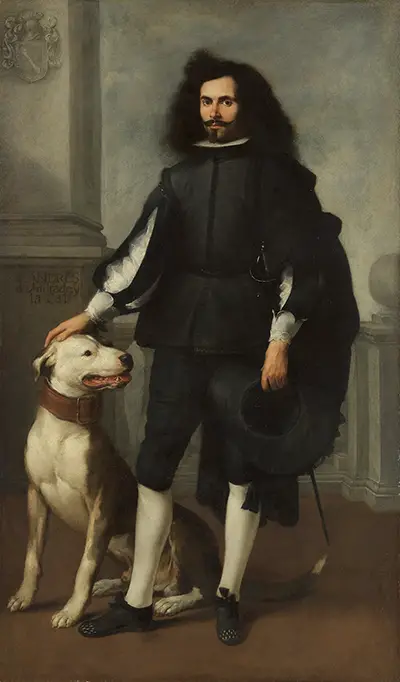
Don Andrés de Andrade y la Cal
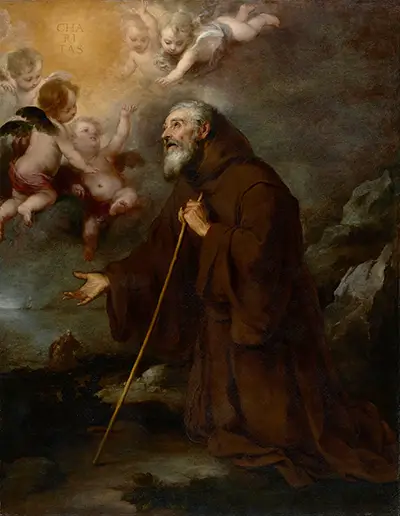
The Vision of Saint Francis of Paola
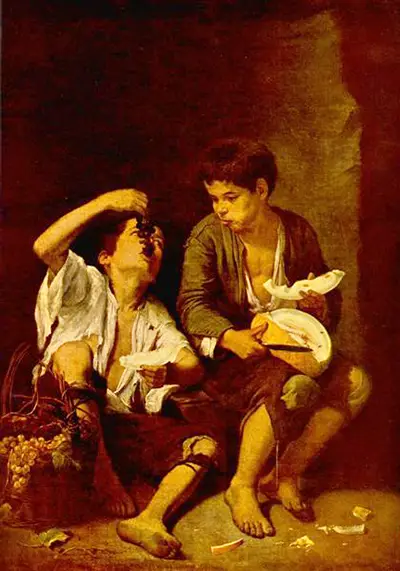
Two Children Eating a Melon and Grapes
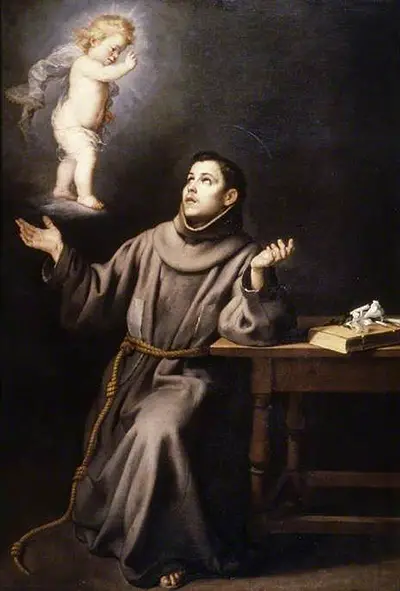
The Vision of Saint Anthony of Padua
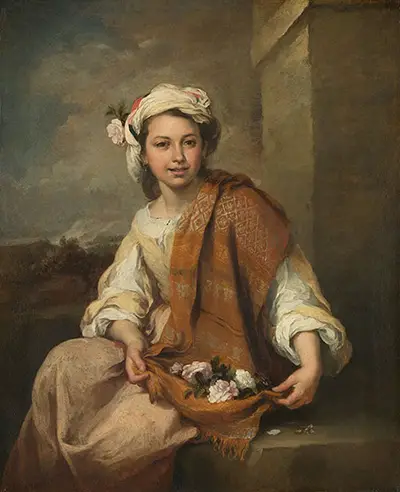
The Flower Girl
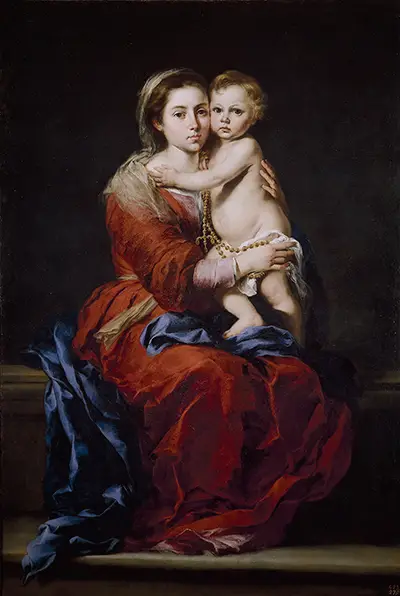
Virgin and Child with a Rosary
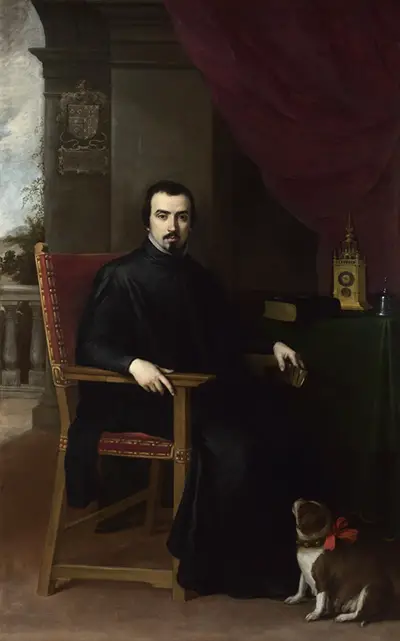
Portrait of Don Justino de Neve
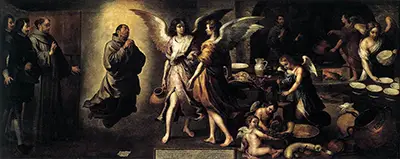
The Angels Kitchen
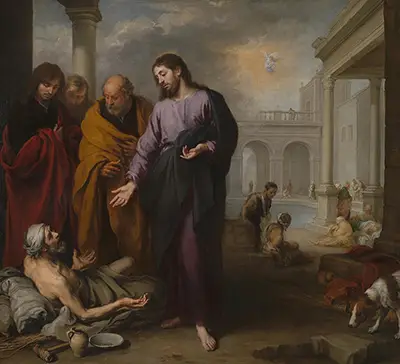
Christ healing the Paralytic at the Pool of Bethesda
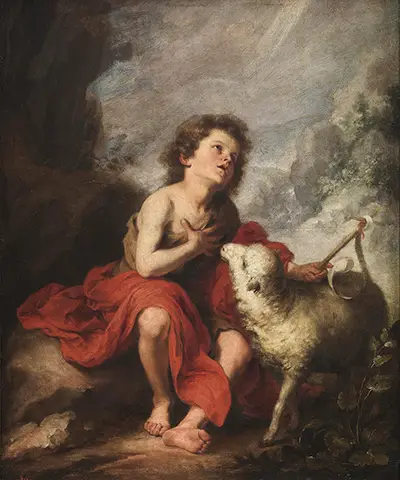
The Infant Saint John the Baptist
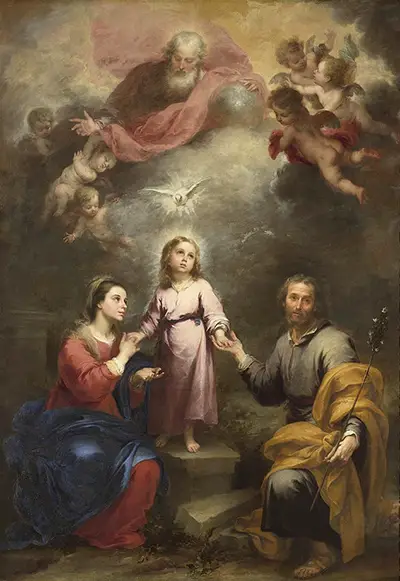
The Heavenly and Earthly Trinities
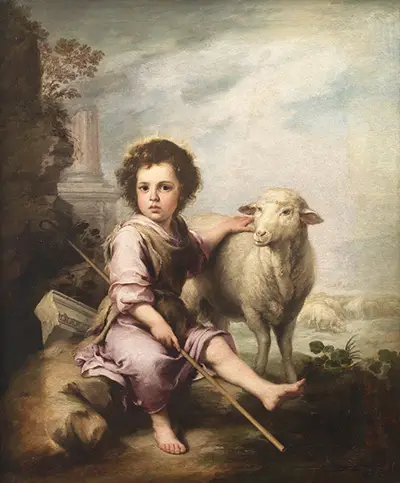
The Good Shepherd
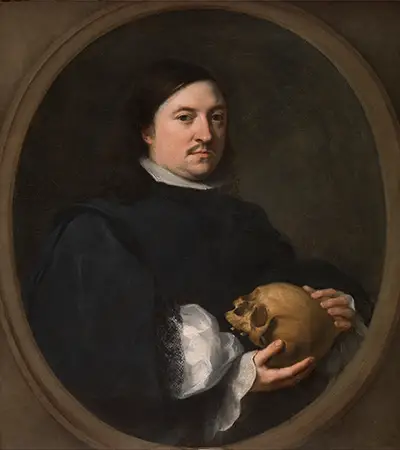
Nicolás Omazur
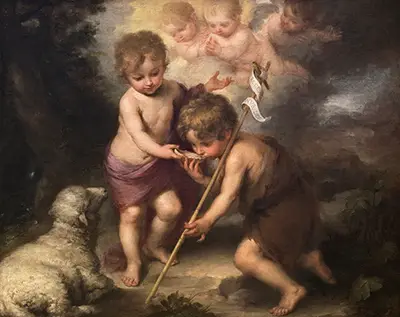
The Holy Children with a Shell
